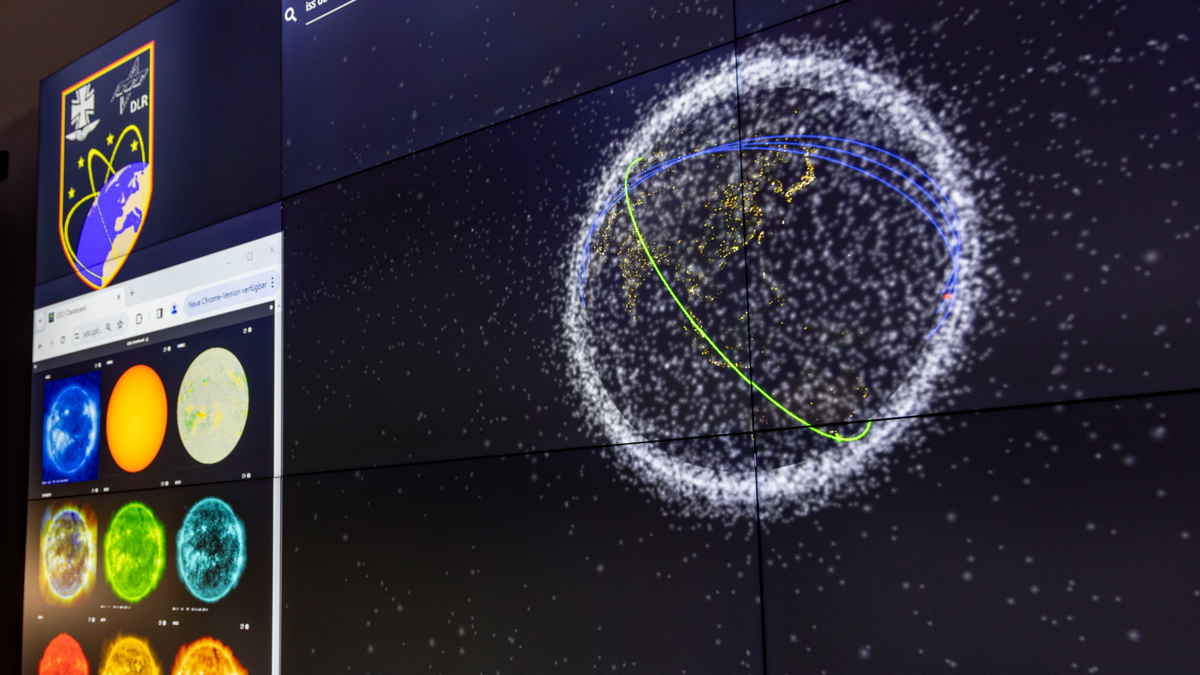At the beginning of this year, the quiet of a Florida neighborhood was shattered when a piece of waste from The International Space Station crashed into a house. That was followed in May by a 90-kilogram piece of a SpaceX Dragon spacecraft crashing into a camping resort in North Carolina, raising the question: Are space agencies doing enough to they protect us from falling space debris?
The answer, it turns out, is probably not. As government agencies like NASA and private companies like SpaceX and Blue Origin race to send more and more technology into orbit, a new report from Ars Technica warns that more needs to be done to understand space debris.
of the space above our planet is currently full with everything from remnants of the Apollo program to debris from the ISS and even defunct satellites. To remove this debris, scientists typically spend years working to find safe ways to bring things like decommissioned satellites back to Earth, which includes forcing them to burn up in our atmosphere or crashing back into the ocean. However, this does not always go according to plan.
In fact, this year has seen a strange increase in the number of pieces of space debris landing on American soil. The increase comes as an influx of new satellites are being launched as part of the Skylink system and private companies begin sending more and more people into space.
All of this means that the safety of innocent people on Terra Firma is at risk as the fall of space debris becomes less predictable. According to Ars Technica, Experts have warned that there are now too many variables at play when it comes down to it, too predicting how space debris now it will fall back to Earth.
As a result, the risks of space debris hitting the ground are increasing. In the case of a fragment of a Dragon ship that crashed on American soil, everything from the weave of the materials used to the way it fell into the atmosphere affected how the ship survived the voyage, as Ars Technica explains:
A spacecraft’s orientation as it falls through the atmosphere can be a factor in survivability, said Greg Henning, manager of the debris and disposal section within Aerospace’s space situational awareness department.
“Are you falling? Is it reentering a stable configuration? There are so many things that go into what actually happens during a reentry,” he told Ars. “It just makes it a lot more complex to figure out if something is going to survive or not.”
While tests can be done before a missing spacecraft begins its descent, these calculations don’t always provide the best insight. In fact, NASA and SpaceX engineers projected that the parts of the Dragon that fell to Earth would burn up in the intense re-entry process, with no part of it expected to survive.
This did not happen, however, and the debris hit American soil. now, NASA and SpaceX will analyze debris to give them a better idea of how components and materials behave when free-falling from space. like Ars Technica adds:
“During its initial design, the Dragon spacecraft trunk was rated for re-entry separation and was predicted to burn completely,” NASA said in a statement. “Information from debris recovery provides an opportunity for teams to improve debris modeling. NASA and SpaceX will continue to explore additional solutions as we learn from the debris discovered.”
So far, the close encounters we’ve had with falling space debris have not harmed anyone in America. And while the European Space Agency states that the annual risk of an individual being injured by falling debris from space is “less than 1 in 100 billion,” that risk could be rising.
There are now more than 120 million pieces of debris floating in space right now, and while many will probably never reach the ground, the dangers they pose will continue to grow as the numbers grow.
